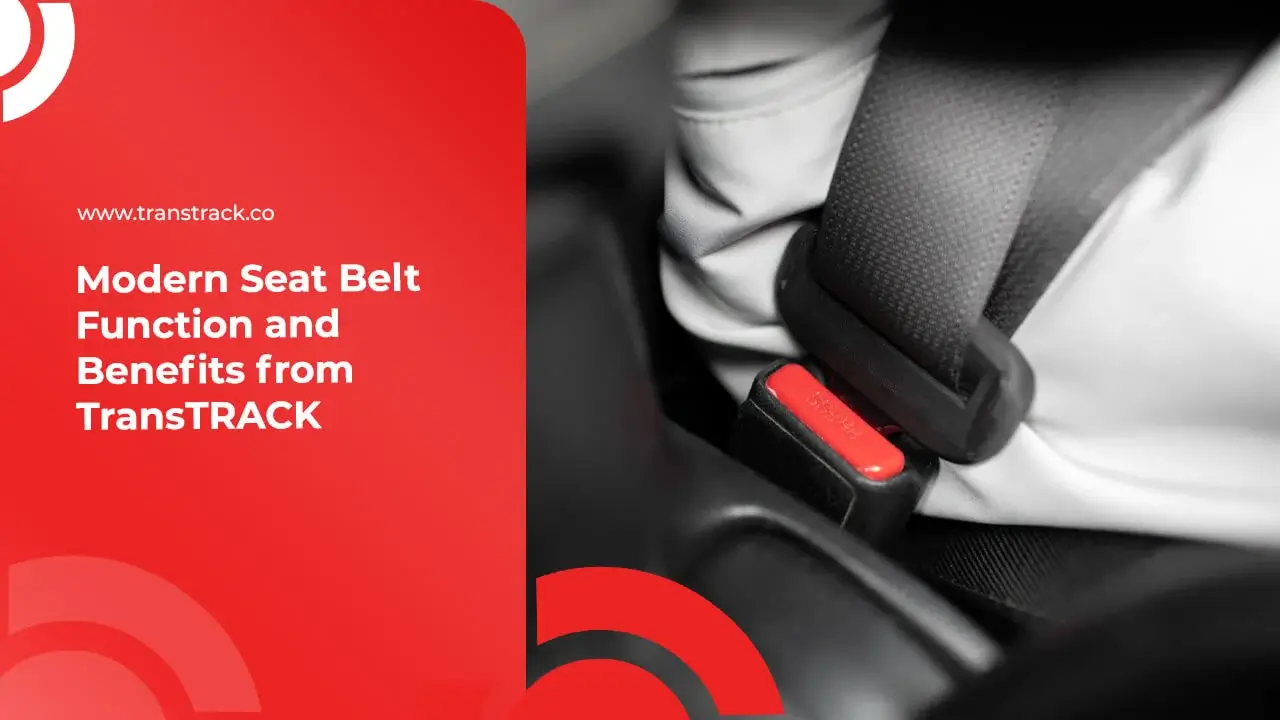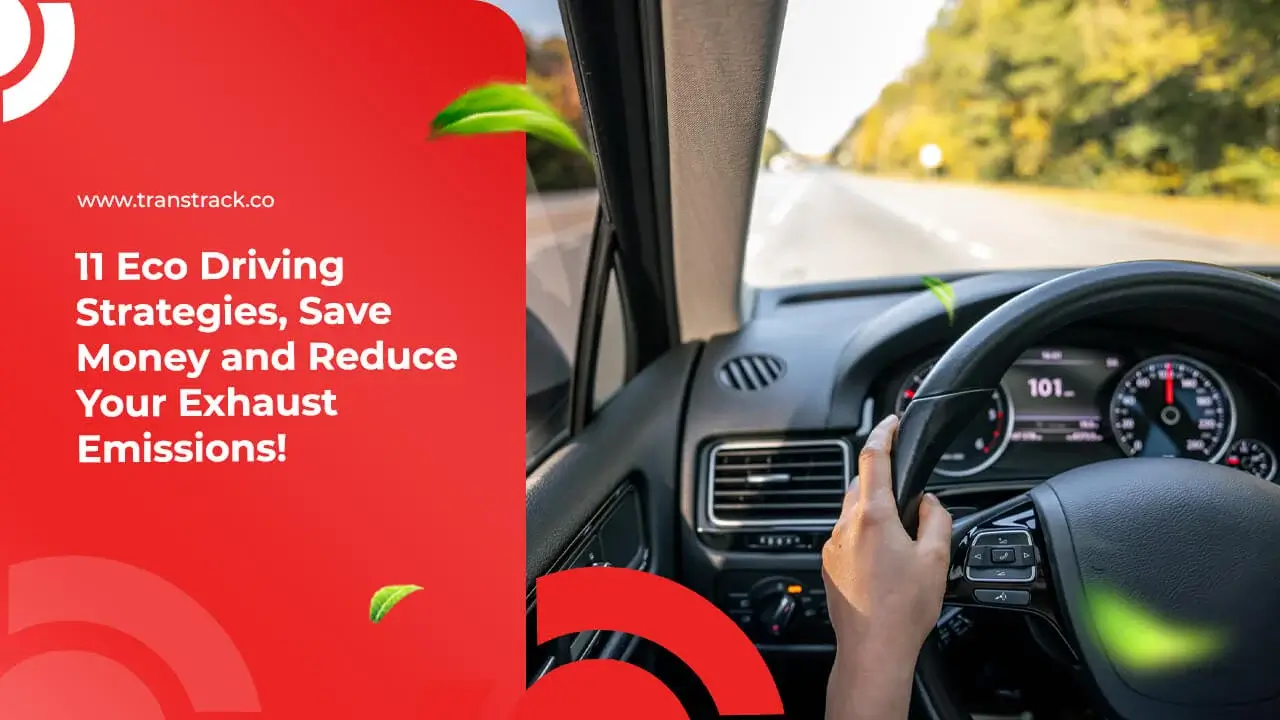Know the Preparation, Steps, and How to Jump Start a Car Battery!

When your vehicle breaks down due to a weak or dead battery, jump start a car battery can be a lifesaver. By understanding the right steps, you can solve this problem easily. In this TransTRACK article, we will discuss the steps needed how to jump start a car battery safely and effectively. Starting from the proper preparation to the execution stages, you will get a step-by-step guide to overcoming car battery problems. As such, you will have the necessary knowledge and skills to tackle this emergency situation with confidence.
What is a Car Battery Jumper?
A car battery jumper is a cable or device used to connect two car batteries directly. This is usually done when one battery dies or loses power and needs to be “boosted” with power from the other battery in order to start the car engine. This battery jumper helps pass the electric current from the working battery to the dead or weak battery, allowing the car to restart. This procedure should be done carefully, following the correct instructions, to avoid the risk of a short circuit or damage to the car’s electrical system.
Preparation Before Jump Start a Car Battery
Preparation before jump start a car battery includes:
Required Tools
Quality Jumper Cables
Quality jumper cables are an important element in the battery jumper process. Make sure your jumper cables are of sufficient length to reach the batteries of both vehicles without difficulty. Good jumper cables should be made of sturdy materials, with strong, rust-resistant clamps. If your jumper cables are too thin or the clamps are weak, this can hinder optimal current flow and may even increase the risk of a short circuit or fire.
Second Vehicle with a Working Battery
Ensuring you have access to a second vehicle with a working battery is essential. This second vehicle will provide an additional source of electrical power to revive a dead or weak battery in the primary vehicle.
Personal Safety
Using Gloves and Goggles
When working with car batteries, especially when connecting jumper cables, it is necessary to protect hands and eyes from potential hazards. Gloves will protect your hands from direct contact with wires and parts of the battery that may be corroded or dangerous. Safety glasses will protect your eyes from sparks or particles that may be thrown during the jumper process.
Ensure Vehicles are Off
Before performing a battery jumper, make sure both vehicles are turned off completely. This is important to prevent the risk of a short circuit or even fire during the jumper process.
Safe Location
Choose a Safe Location
Choose a flat location, away from traffic or other dangerous areas. Avoid jumpering along busy roads or in risky places such as near fuel or flammable materials. Choose an area that is large enough to maneuver and work comfortably.
Ensure the Vehicle is Placed Safely
Ensure that the vehicle is securely and stably positioned. Activate the handbrake and ensure that the wheels of the second vehicle are locked to prevent unwanted movement while the jumper is in progress.
By paying close attention to each of these preparation aspects, you can increase your safety and effectiveness when jumpering your car battery.
Steps on How to Jump Start a Car Battery
Here are the steps on how to jump start a car battery safely and effectively:
Vehicle Preparation
- Ensure that both vehicles are fully turned off.
- Place the vehicles in a safe and stable parking position.
- Make sure both vehicles are within a reasonable distance of each other, but not touching each other.
Jumper Cable Preparation
- Make sure the jumper cables are not folded or pinched under wheels or other vehicle parts.
- Check the condition of the jumper cables, making sure there is no damage or peeling of the cable coating.
- Identify the jumper wires with the appropriate colors for the positive (+) and negative (-) terminals. Usually, red color wires are positive and black wires are negative.
Jumper Cable Connection
- Connect the positive (+) jumper wire to the positive (+) terminal of a weak or dead battery on a working vehicle.
- Connect the other end of the positive (+) jumper cable to the positive (+) terminal of the battery on the working vehicle.
- Make sure the jumper cable clamps are pressed firmly against the battery terminals to ensure a good connection.
- Connect the negative (-) jumper cable to the negative (-) terminal of the battery on a working vehicle.
- Connect the other end of the negative (-) jumper cable to a stationary metal surface, such as the engine block, on the problem vehicle. Avoid connecting the negative jumper cable directly to the negative terminal of the faulty battery to avoid the risk of battery explosion.
Starting a Working Vehicle
- Start the working vehicle and let its engine run for a while to charge the battery of the problem vehicle.
- Leave both vehicles running for a few minutes to allow enough time for the faulty battery to recharge.
Starting the Troubled Vehicle
- Try to start the problem vehicle. If the vehicle does not start immediately, leave the jumper cables connected for a few additional minutes before trying again.
- If the vehicle has started, leave the engine running for a few moments to allow the battery to charge properly.
Jumper Cable Separation
- Disconnect the jumper cables carefully. Remove the jumper cables in the reverse order of how you connected them.
- Make sure that none of the jumper cables fall under the vehicle or come into contact with hot parts of the engine.
Additional Checks
- Check the condition of the battery clamps and terminals to ensure there is no damage or signs of corrosion.
- If the problem vehicle has started, let the engine run for some time to ensure the battery is fully recharged.
By following these steps carefully, you can safely jumper your car battery and help revive a problem vehicle. Always remember to read your vehicle’s instructions and follow the safety measures suggested by the manufacturer.
By using the right steps, a car battery jumper can be a safe and effective process. However, that’s not all that can help you keep your vehicle in top condition. With TransTRACK Vehicle Maintenance System, you can manage your vehicle maintenance more efficiently. Monitor battery health, maintenance schedules, and other important details easily through our platform. Don’t let battery or other maintenance issues disrupt your mobility. Start managing your vehicle maintenance with TransTRACK today!
Topic





